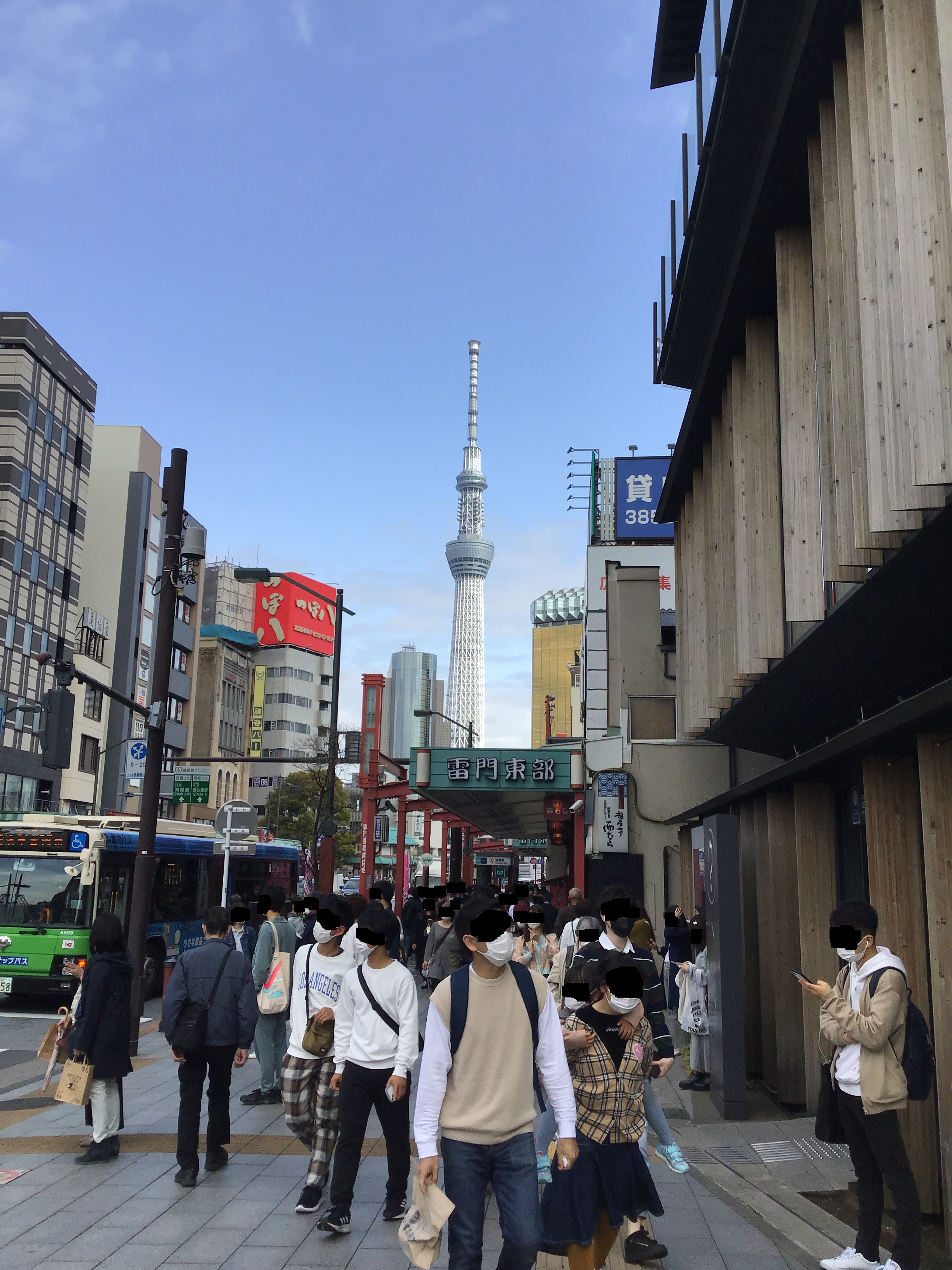
This is the proxima-penultimate post about Tokyo, if proxima-penultimate means next to second to last. I suppose that "Last" and "Third to Last" would both be proxima-penultimate, but if you knew it was the last one, you would just say that, so it's probably a perfectly fine word to use. Anyone who knows what penultimate means would be able to figure out what you mean, and it's probably abusive enough to the root languages that English Majors would cringe, and that's always a good thing. I organized the Tokyo trip photos by events, so there is one more event, and then one more small pile of photos that don't really fit into any of the other categories.

That's the Sky Tree. It's tall. There are observation decks at various levels, and the most buttery smooth elevators that you have ever ridden in. They go really fast, but you don't notice it at all when they do. I don't like elevators, but these were so smooth that it's hard to notice that you are in one. There are four different elevators, each themed after a different season. I don't know if I've mentioned that before, but seasons are a big deal here. People are very interested in how many seasons you have in the country where you came from. They are all quick to point out that Japan has four, and curious if your home country has that many.
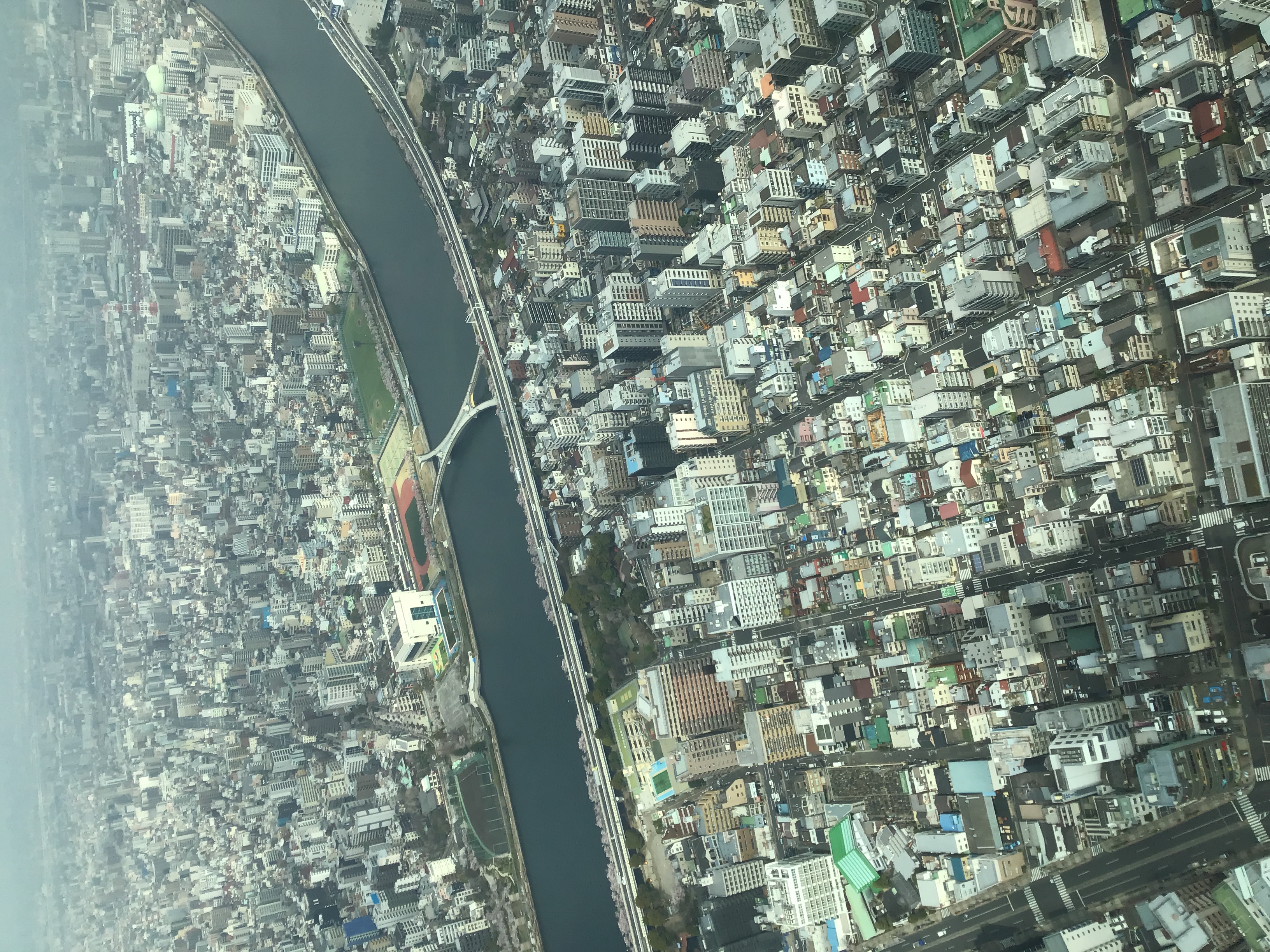
Tokyo is massive. It's enormous. From the ground, it's hard to tell, because any place looks like when you get up close, but from that high up, you realize how massive of a city it is. I don't know if it's a metropolitan area, and thus actually multiple cities, or if it's all governed by the same municiple authority. I don't know if Japan has that. I'm used to the Federal system in the US were there are layers of government, but it might be just one in Tokyo.
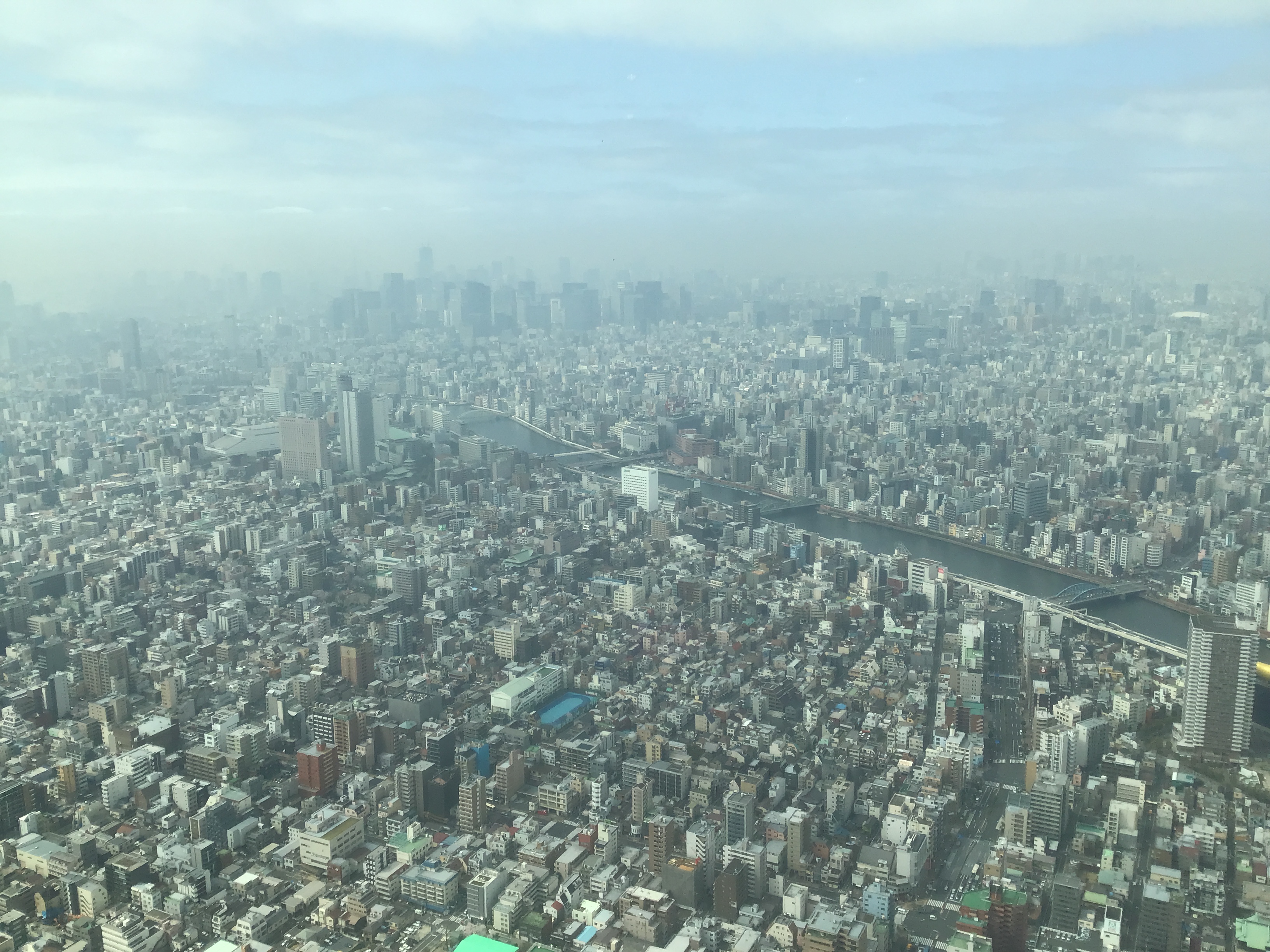
It's hard to imagine that there is anything in Japan that is not paved over. Thinking about how each of those buildings would be impossible for one person to build on their own, then thinking about how many of them there are, it's mind blowing to see this kind of scale. To be one person in a society that can do all of this, it makes me feel pointless in all of it. What is the contribution of one individual worth when faced with that level of production? It's unfathomable. It really makes you understand why cities produce ennui in their residents.
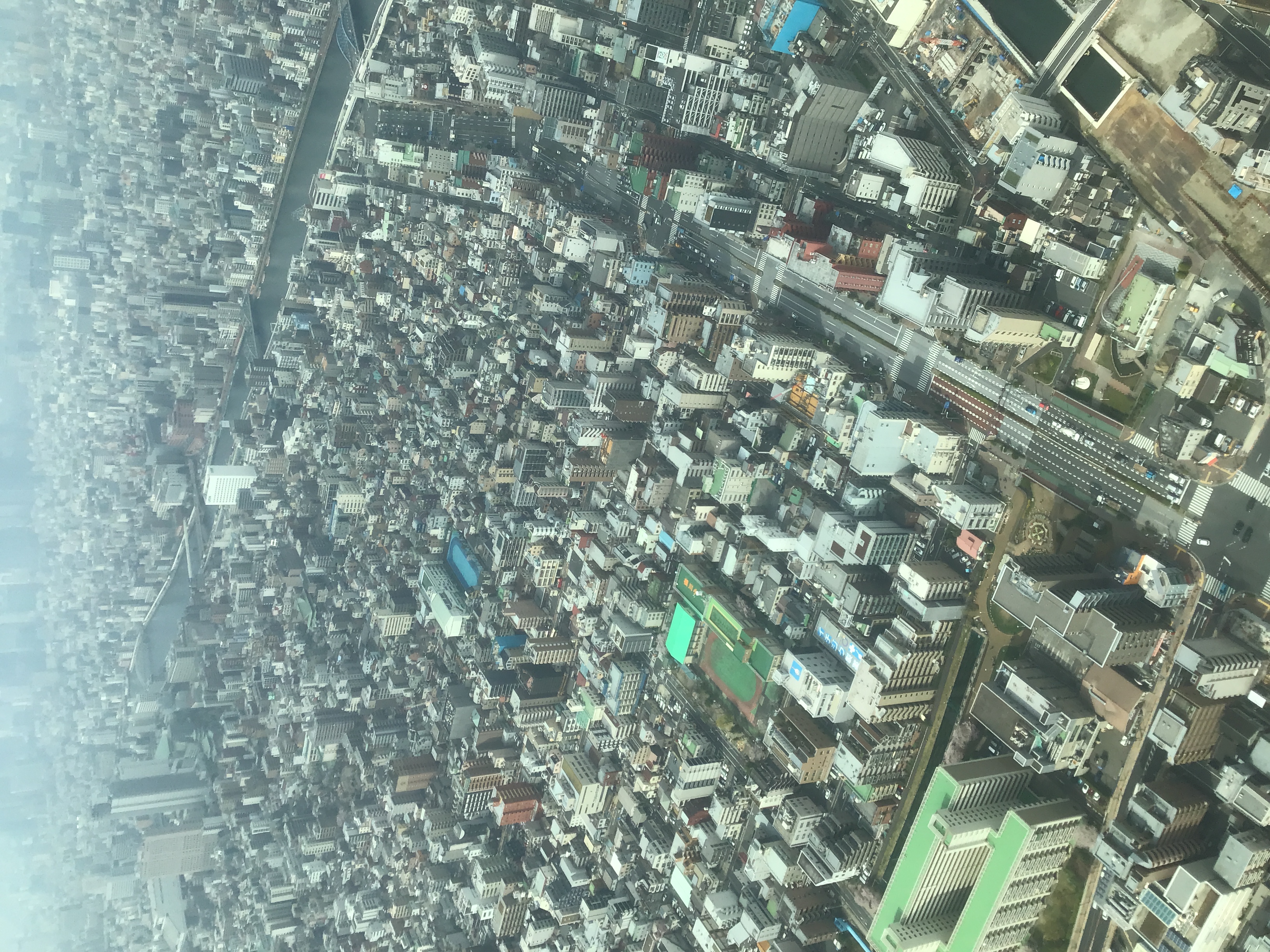
Just one of those buildings could have more people inside than you could ever meet in your lifetime (if you lived a very secluded life). Those people are not guaranteed to meet each other, but still, they live so close together, and there are so many buildings. This kind of population density is why mass transit is viable here where it might not be in other places. There are extremely high density cities with unihabitable space in between. It's not actually uninhabitable, it's just hard to build buildings on that land. The US is massive in comparison, and while we have some high density locations, there is nothing like this.
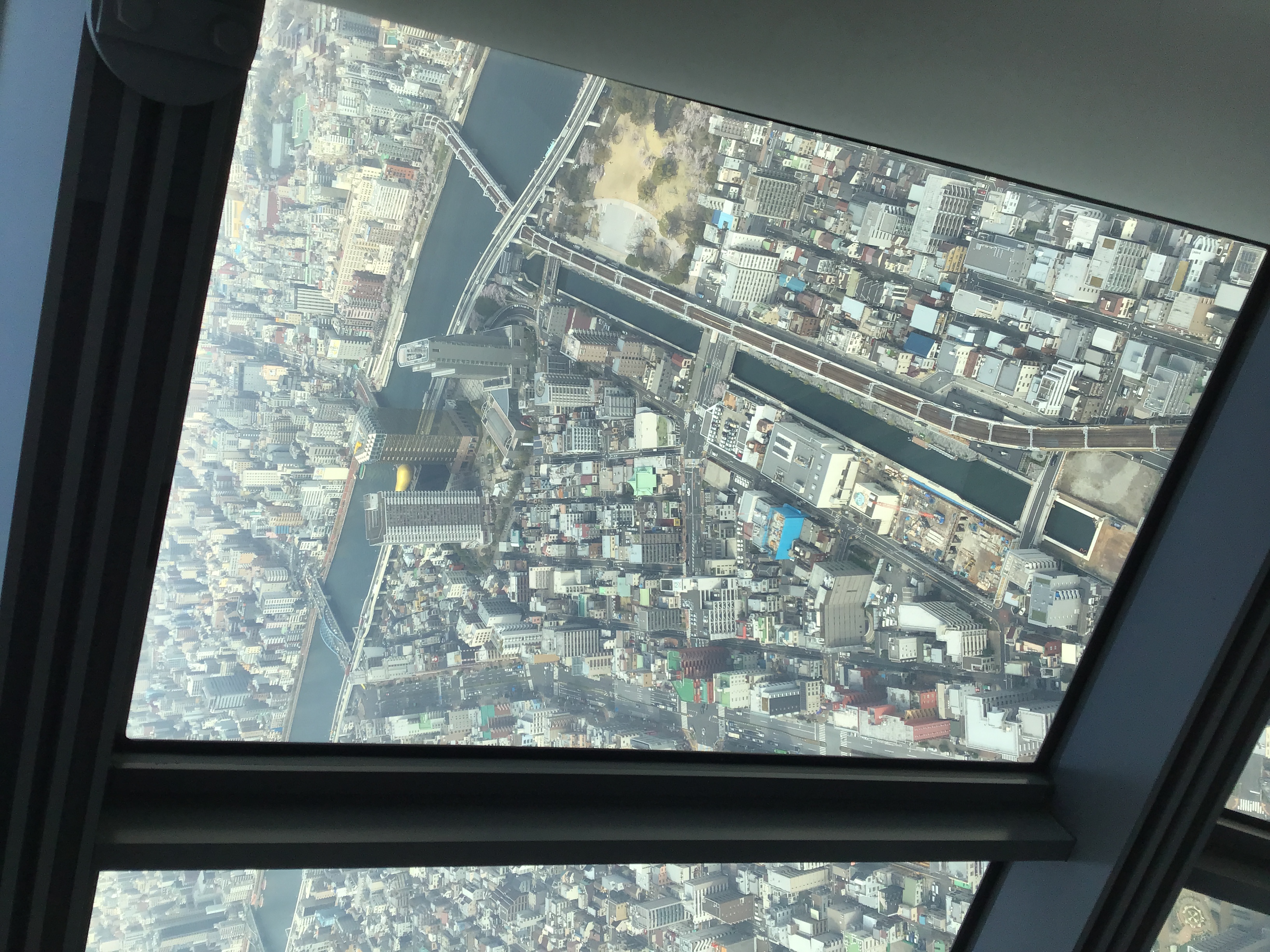
The eggplant, along with the peach, is the symbol of a cultural generation. It symbolizes our most basic, animalistic nature, in a way that thumbs its nose at the culture of propriety that spawned it. It emerged in a world that tried as hard as it could to prevent it from emerging. It's a bug report that reads, "Hey, you missed something when you built this, but don't worry, we found a work around that we will NEVER stop using, and if you break it, we are going to throw a hissy-fit." The side effect is anything that looked like an eggplant is caught up in this, in the cultural destruction and rebirth of the symbol, caused by an ambivalent and short sighted tech industry.
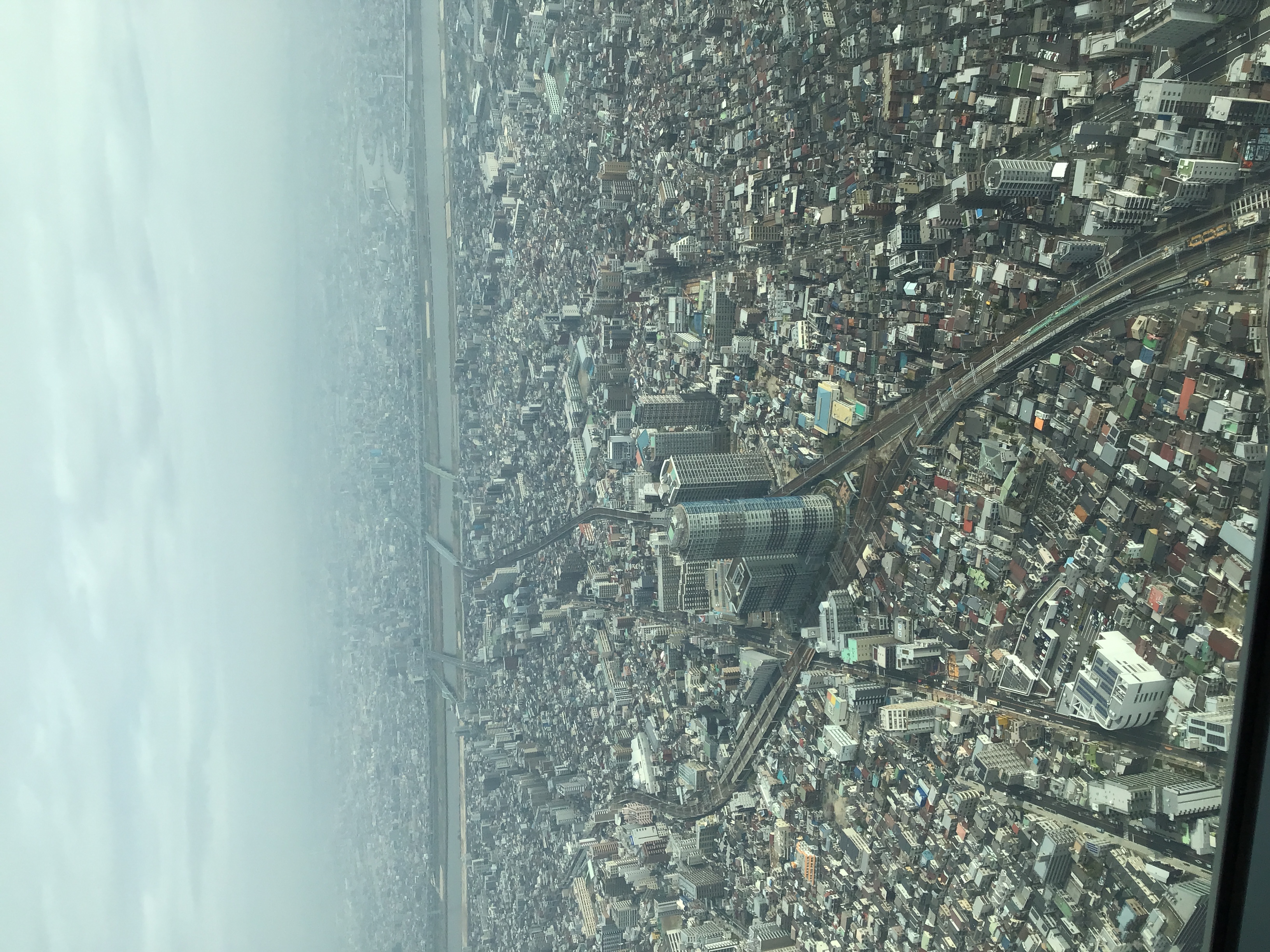
Trains carve their ways through Tokyo. There is an impressive underground subway system, but there are above ground trains also. From the sky, the foot print they absorb within a city is much more clear. One thinks about trains as length problems, but in cities like this, the tracks are so numerous that they cause width problems also. How do you get over the tracks? Tunnels? Overpasses? Crossings? How frequently, and how convenient for who? Where are the stations, and where are the sound proofing barriers? The trains go on forever, almost as far as the buildings, which one could be forgiven for thinking cover every inch of the globe.
SarisonZero lives and works in Japan. He is learning video editing and slowly putting a video together.